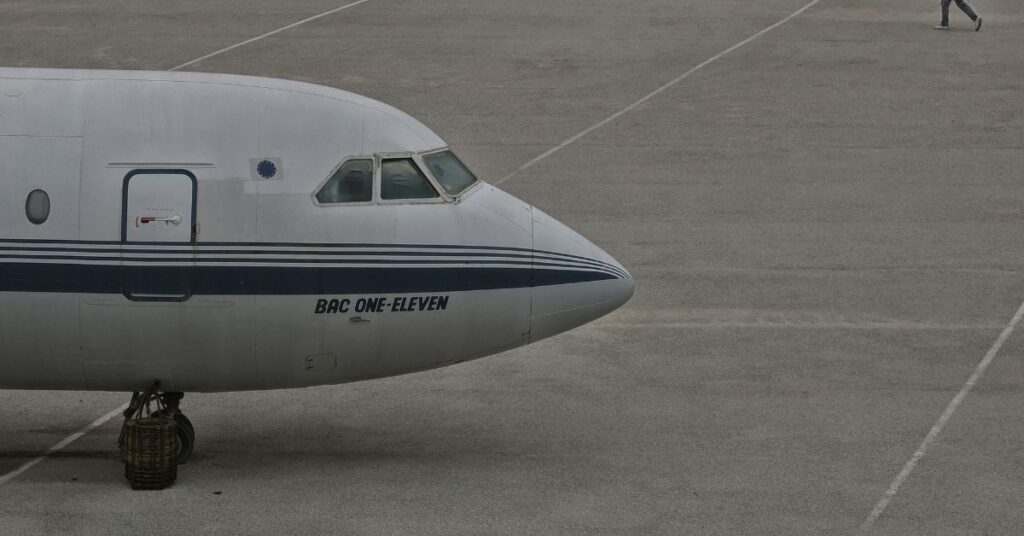In the world of air travel, safety is paramount. It’s a mantra that echoes through every airport and aircraft. Recently, Delta Flight DL275 made headlines when it diverted from its original flight path to Los Angeles International Airport (LAX). Passengers aboard were met with unexpected twists on what should have been a routine journey. As they sat in their seats, uncertainty hung in the air alongside their luggage. What led to this diversion? This incident serves as a stark reminder of how quickly circumstances can change high above the clouds and highlights the importance of quick decision-making by flight crews and air traffic control alike. Join us as we delve into the details surrounding Delta Flight DL275’s diversion, exploring passenger experiences and shedding light on aviation safety protocols that keep everyone secure while flying at 30,000 feet.
What caused the diversion?
The diversion of Delta Flight DL275 was triggered by a medical emergency on board. A passenger required immediate attention, prompting the crew to take swift action.
Flight attendants assessed the situation quickly and reported it to the pilot. The severity of the condition made it clear that landing at Los Angeles International Airport (LAX) was necessary for timely assistance.
Air traffic control played a vital role in facilitating this urgent request. They provided priority clearance for an unscheduled landing despite busy airspace conditions.
Such emergencies underline how unpredictable air travel can be, reminding us that safety is always a top priority. In this case, quick thinking and effective communication were crucial elements in ensuring everyone’s well-being during what could have been a chaotic scenario.
The role of the flight crew and air traffic control in emergency situations
During emergencies, the flight crew becomes a critical lifeline for passengers. Their extensive training prepares them to respond swiftly and decisively. Whether it’s managing onboard situations or communicating with air traffic control, their focus remains on safety.
Air traffic control plays an equally vital role. They monitor flights in real time and provide guidance to pilots during crises. With a wealth of data at their fingertips, controllers help navigate diversions or emergency landings smoothly.
This teamwork ensures that everyone is informed and coordinated throughout the incident. Clear communication between the flight crew and air traffic control is essential for making quick decisions under pressure.
These professionals work tirelessly behind the scenes, prioritizing passenger safety above all else. Their commitment can turn potential disasters into manageable situations, highlighting why they are indispensable in aviation emergencies.
Passenger reactions and experiences during the diversion
When Delta Flight DL275 diverted to Los Angeles International Airport, passengers experienced a whirlwind of emotions. Initially, many were confused about the sudden change in course.
Some expressed concern but remained calm, relying on crew members for updates. The cabin was filled with whispers as travelers exchanged theories and speculated about the reasons behind the diversion.
As time passed, anxiety shifted into curiosity. A few passengers even found humor in their predicament, sharing light-hearted jokes amidst the uncertainty. Others documented the unexpected turn of events on social media, turning an ordinary flight into an extraordinary story.
Flight attendants worked diligently to reassure everyone on board. Their professionalism helped ease tensions and made the situation feel more manageable. For many passengers, this incident became not just a travel disruption but also a memorable chapter in their journey stories—one they would share with friends and family for years to come.
The importance of safety protocols and procedures in aviation
Safety protocols and procedures are the backbone of modern aviation. They ensure that every flight operates smoothly, minimizing risks for passengers and crew alike.
From pre-flight checks to in-flight emergency drills, these protocols cover all aspects of air travel. Each step is meticulously designed to address potential hazards before they escalate into serious issues.
Training for pilots and cabin crew emphasizes adherence to these safety measures. It’s not just about following rules; it’s about cultivating a culture where safety becomes second nature.
Moreover, regulatory bodies constantly review and update guidelines based on past incidents. This commitment helps prevent history from repeating itself in the skies.
Passengers may not see these behind-the-scenes efforts, but they play a vital role in creating confidence during flights. Knowing there are robust systems in place allows travelers to focus more on their journey rather than worrying about unforeseen dangers.
How Delta handled the situation and assisted passengers
Delta Airlines acted swiftly to manage the situation following the diversion of Flight DL275. As soon as the aircraft landed safely, ground staff were on hand to greet passengers with professionalism and care.
They quickly organized transportation for everyone. Buses were dispatched to take travelers from Los Angeles International Airport (LAX) to their final destinations, ensuring minimal disruption.
Customer service representatives were available at every turn. They provided updates and assistance regarding rebooking flights or arranging accommodations for those affected by missed connections.
Not only did Delta ensure immediate needs were met, but they also offered compensation where necessary. Their focus remained on passenger comfort during an unexpected event.
Communication was key throughout this process, allowing passengers to stay informed about their options moving forward. Delta’s commitment to support illustrated its dedication to safety and customer satisfaction in challenging circumstances.
Lessons learned from this incident for future air travel safety measures
The incident involving Delta Flight DL275 serves as a critical reminder of the importance of proactive safety measures in aviation. Each event like this provides valuable insights that can enhance protocols.
One key takeaway is the necessity for continuous training of flight crews. Rigorous simulations and drills prepare them for unexpected situations, ensuring they remain calm under pressure.
Another lesson highlights the need for improved communication between pilots and air traffic control. Streamlined channels can facilitate quicker decision-making during emergencies, ultimately safeguarding passenger welfare.
Additionally, airlines must reinforce their commitment to passenger care during disruptions. Effective customer support strategies help ease anxiety and ensure travelers feel prioritized amid chaos.
Integrating advanced technology into aircraft systems could further enhance safety monitoring. Innovations in real-time data analysis may identify potential issues before they escalate, paving the way for safer skies ahead.
Conclusion
The Delta Flight DL275 incident serves as a reminder of the complexities and challenges faced in aviation. Unexpected situations can arise at any moment, requiring quick thinking and decisive action from both flight crews and air traffic control.
Safety remains the top priority in air travel. The protocols that guide response to emergencies are vital for ensuring passenger well-being. Throughout this event, Delta Airlines demonstrated their commitment to safety by effectively managing the situation and providing support to affected passengers.
As we reflect on this incident, it’s clear that continuous improvement is essential in aviation safety measures. Each occurrence offers valuable lessons that can inform future practices, enhancing not only training but also emergency preparedness across the industry.
Travelers can find reassurance knowing airlines like Delta strive for excellence while prioritizing safety above all else.






